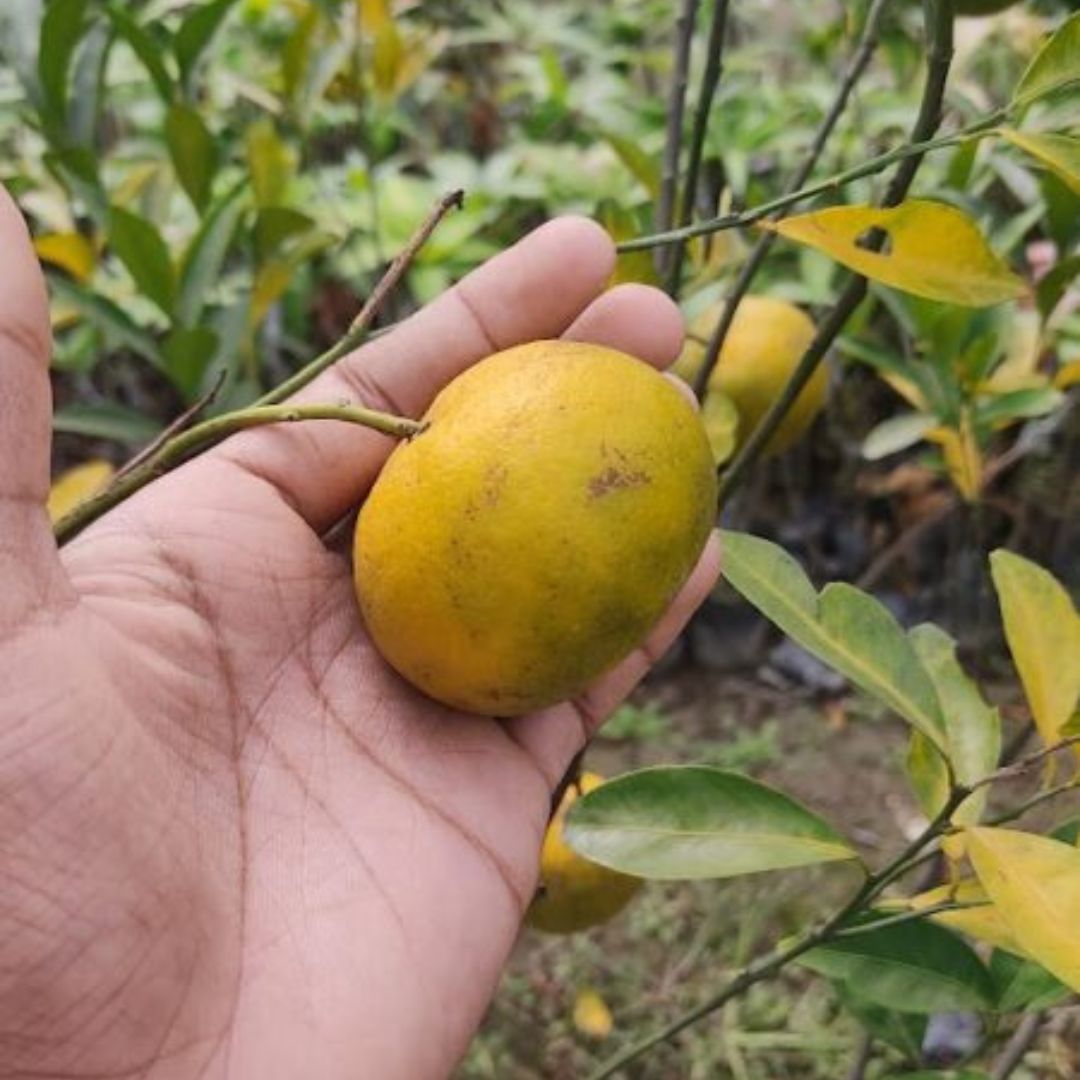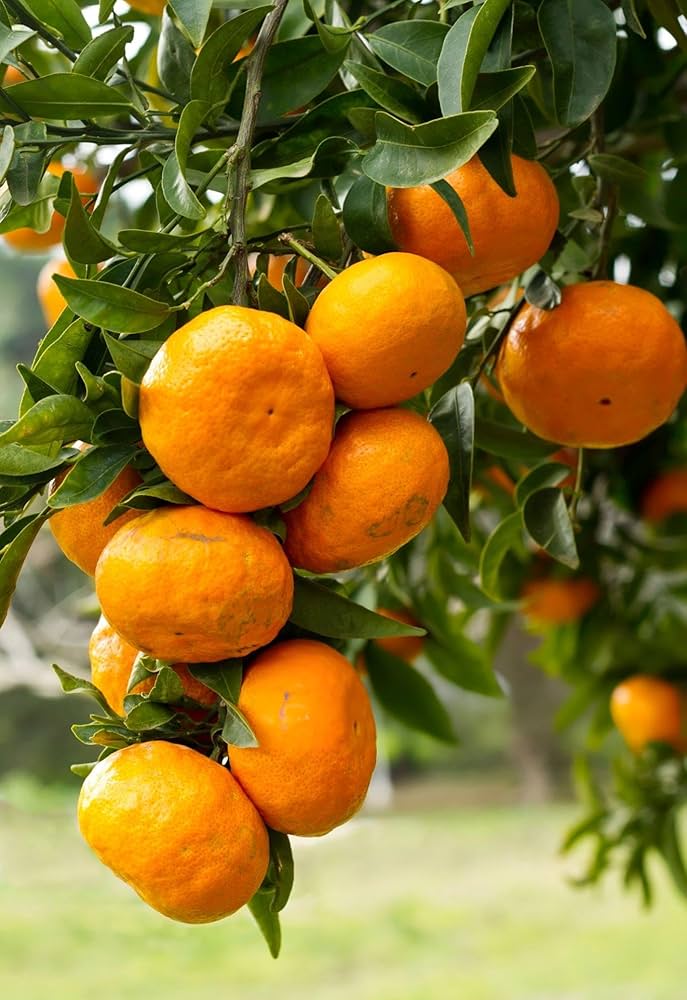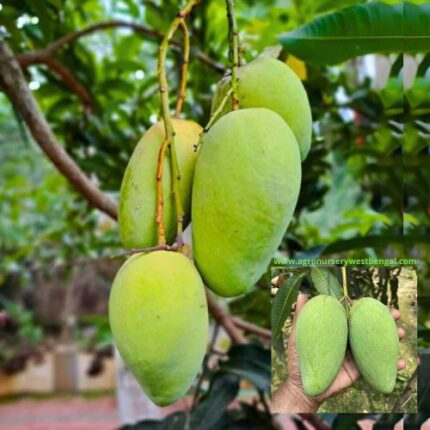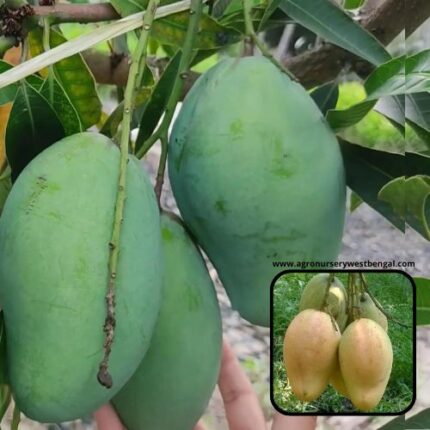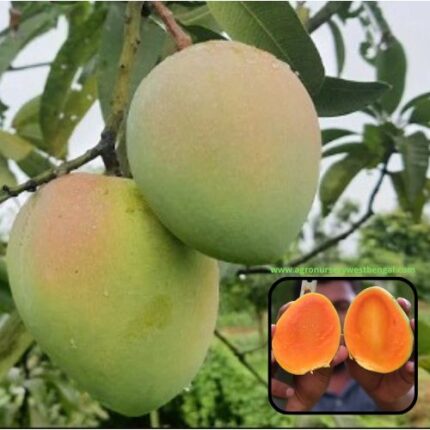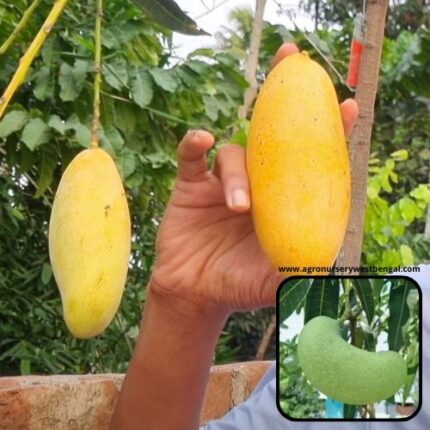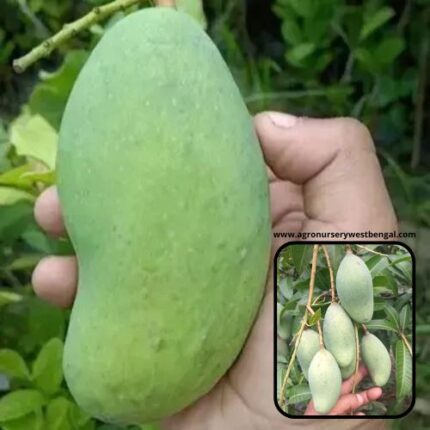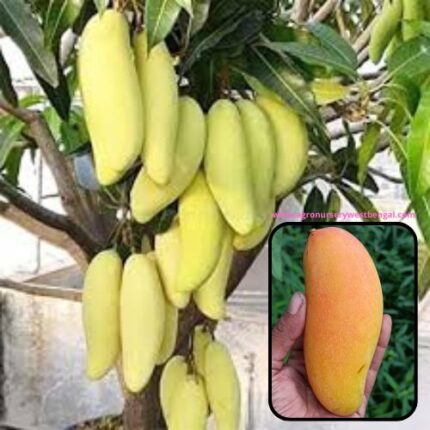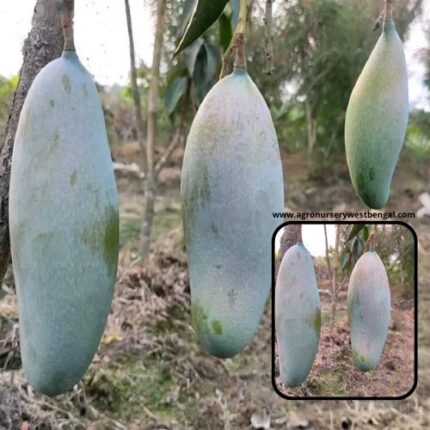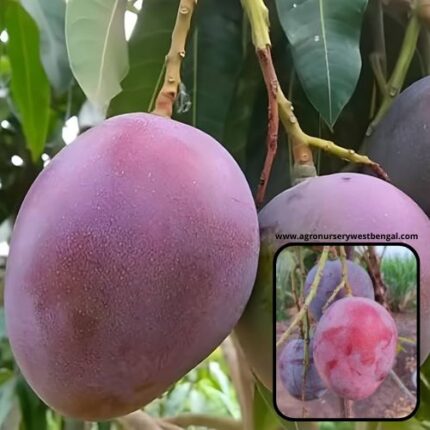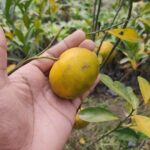
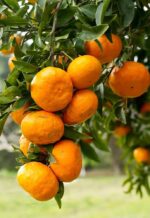
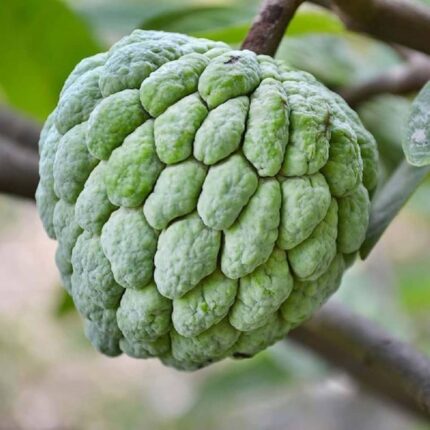
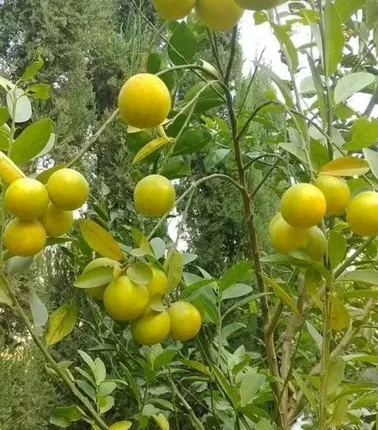
Chinese orange fruit plants
₹799 Original price was: ₹799.₹439Current price is: ₹439.
“Chinese orange” is a broad term that can refer to several different citrus fruits native to or commonly associated with China, as China is the origin of many citrus species and varieties. However, it most commonly refers to:
- Kumquats (Citrus japonica or Fortunella spp.): These are perhaps the most distinctively “Chinese” of the small orange-like fruits.
- Mandarins / Tangerines (Citrus reticulata and its cultivars): Many common oranges are actually hybrids originating from mandarins and pomelos, but pure mandarins are central to Chinese citrus.
- Specific orange cultivars (Citrus sinensis): Some specific sweet orange varieties might be popularly known as “Chinese oranges” in certain contexts.
Given the common usage, I’ll describe Kumquats, as they are uniquely small, edible-skinned, and very characteristic of Chinese citrus. I’ll also briefly mention Mandarins as they are also very prominent.
1. Kumquat (Citrus japonica or Fortunella spp.) – The most likely “Chinese Orange”
Kumquats are unique among citrus fruits because their peel is sweet and edible, while the pulp is tart. They are often grown ornamentally but are primarily valued for their fruit.
-
Appearance:
- Shape and Size: Small, resembling miniature oval or round oranges, typically 2-4 cm (0.8-1.6 inches) in diameter. The most common variety is the Nagami kumquat (oval-shaped), but there are also round varieties like the Meiwa kumquat.
- Skin (Rind): Thin, smooth, glossy, and vibrantly bright orange. Crucially, the rind is sweet and aromatic.
- Internal Pulp: The pulp is divided into several segments, similar to a tiny orange. Its color is pale orange or yellow.
- Seeds: Contains a few small, elongated, greenish seeds, which can be bitter and are usually discarded.
-
Taste and Texture:
- Taste: The unique eating experience comes from the contrast between the sweet rind and the tart, acidic pulp. When eaten whole, you get a burst of sweet-tart flavor with a refreshing citrusy aroma. The overall flavor is bright, zesty, and intensely citrusy.
- Texture: The rind is soft and tender to bite into. The pulp is juicy.
-
Botanical Characteristics and Origin:
- Kumquats grow on small, bushy evergreen trees or shrubs, typically 2-4 meters (6-13 feet) tall, with dense foliage.
- They are native to southeastern China and have been cultivated there for centuries. They are more cold-hardy than many other citrus species.
-
Seasonality:
- Kumquats are primarily a winter fruit, typically harvested from November through March in most growing regions.
-
Nutritional Value and Health Benefits:
- Rich in Vitamin C (especially in the peel), dietary fiber, and various antioxidants.
- The edible peel contributes significantly to its nutrient profile.
-
Culinary Uses:
- Fresh Eating: Most commonly eaten whole, raw, and unpeeled. Just wash and pop them in your mouth!
- Marmalades and Jams: Their sweet rind and tart pulp make them excellent for preserves.
- Candied Kumquats: Often candied whole or sliced.
- Desserts: Used in tarts, cakes, and other baked goods.
- Savory Dishes: Can be sliced and added to salads, salsas, or used in sauces for poultry or fish to add a bright, acidic, and sweet note.
- Beverages: Used to flavor cocktails, teas, and infused waters.
2. Mandarins / Tangerines (Citrus reticulata)
Many varieties of mandarins (and tangerines, which are a type of mandarin) are indigenous to China and are widely cultivated there.
-
Appearance:
- Shape and Size: Smaller than a common orange, typically flattened at the ends, 5-9 cm (2-3.5 inches) in diameter.
- Skin (Rind): Thin, loose, and easy to peel. Color ranges from yellow-orange to deep reddish-orange.
- Internal Pulp: Juicy, orange-colored segments that separate easily.
- Seeds: Can be seedless or contain a few seeds, depending on the variety.
-
Taste and Texture:
- Taste: Generally sweeter and less acidic than common oranges, with a delicate, often floral or perfumed aroma.
- Texture: Very juicy and tender segments.
-
Origin: Native to Southeastern Asia and the Philippines, with China being a major center of origin and diversity.
-
Culinary Uses: Primarily eaten fresh, juiced, or used in desserts and salads.
In summary, if someone mentions “Chinese Orange,” they are very likely referring to the distinctive kumquat due to its unique edible peel and prevalence in Chinese culture, or more broadly, to one of the many mandarin varieties.

